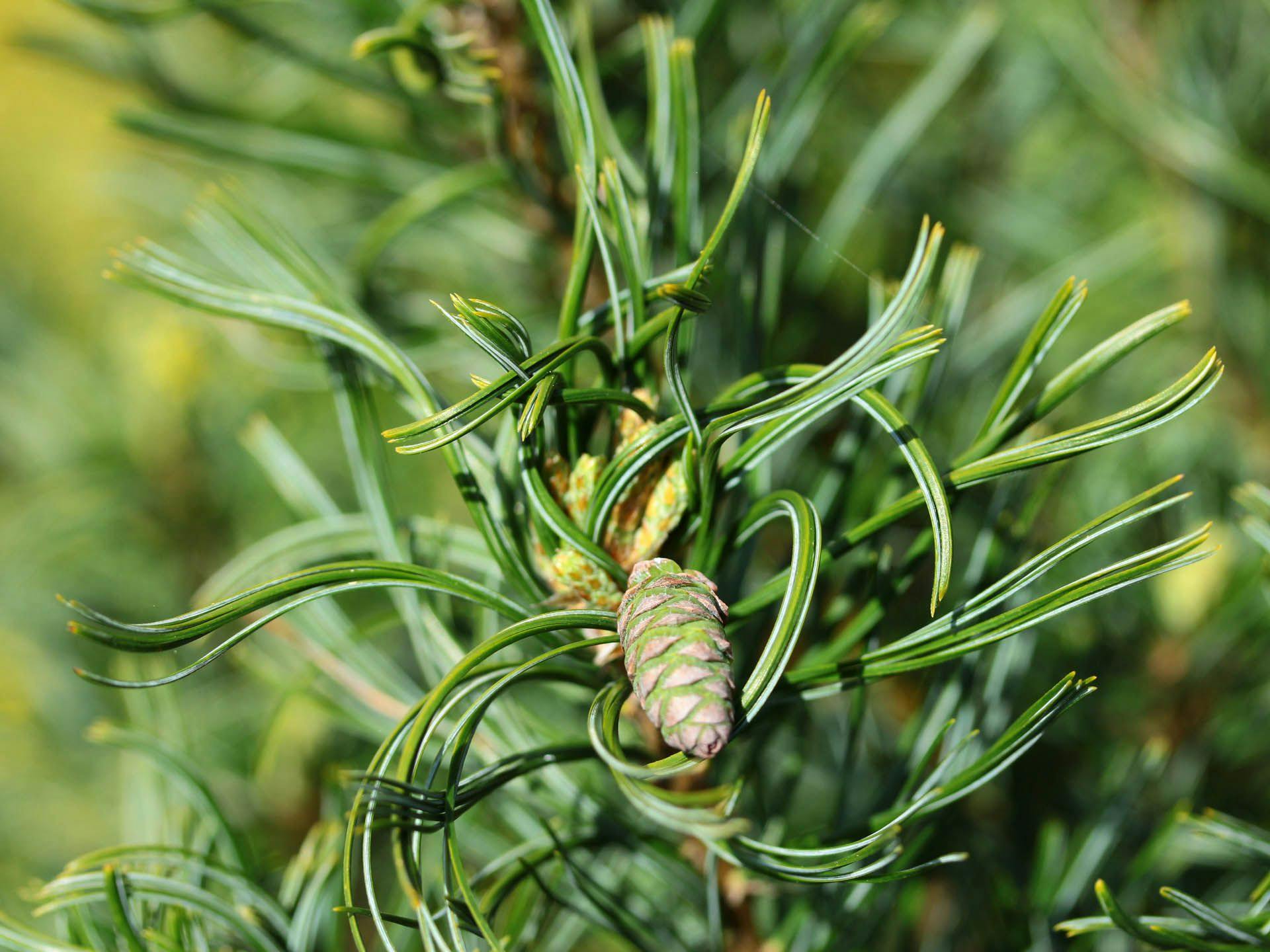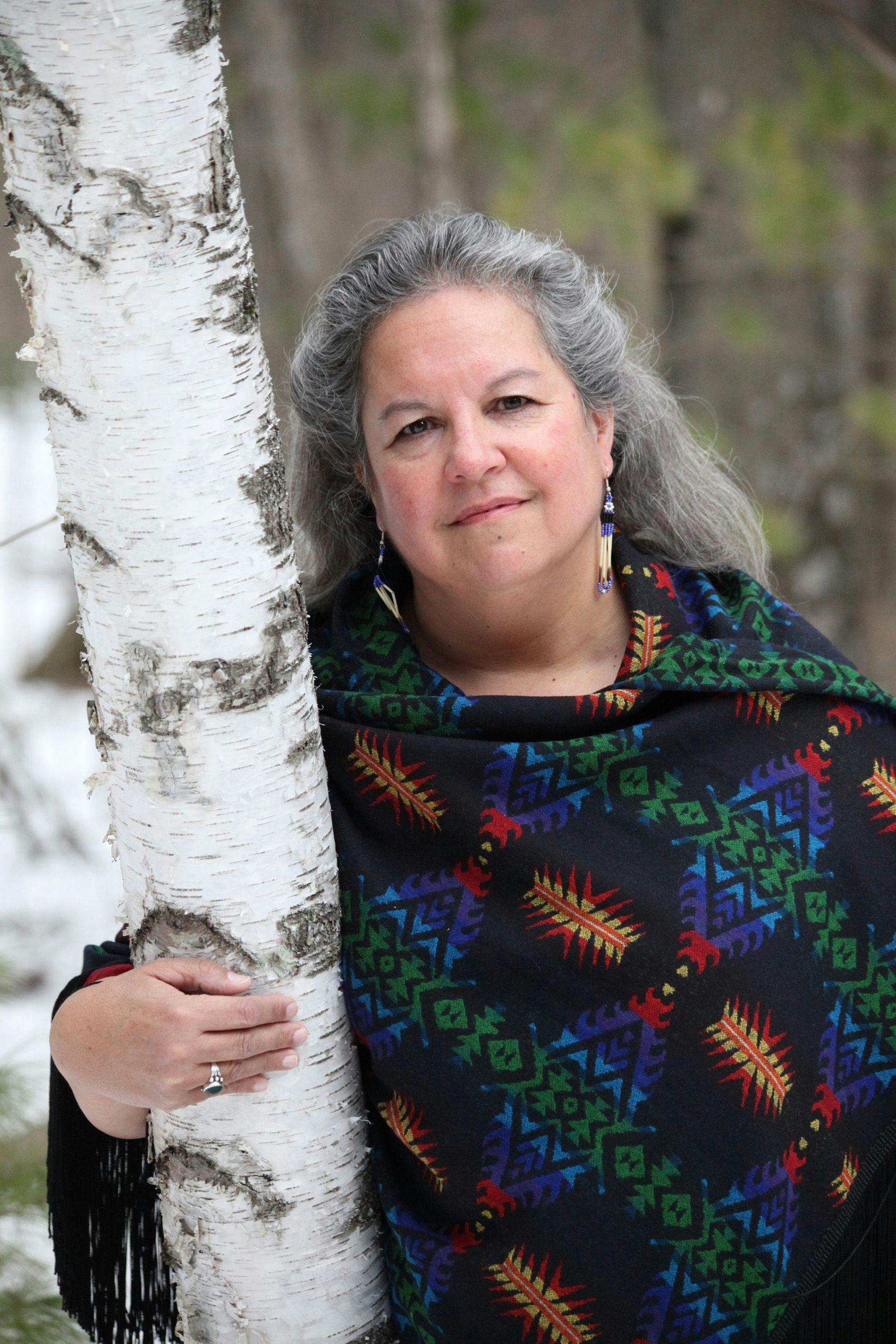This excerpt is taken from the chapter ‘White Pine’ in
The Mind of Plants
Narratives of Vegetal Intelligence
Synergetic PressBook launchWebsite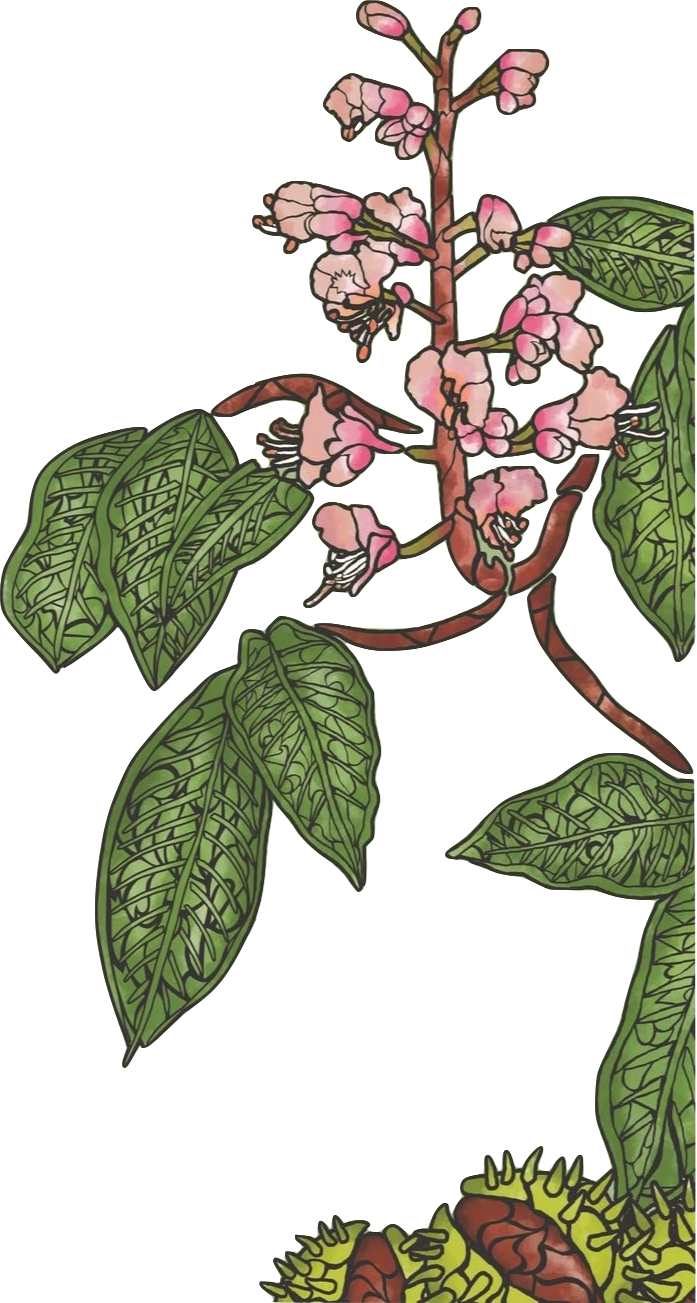
When I come beneath the pines, into that particular dappled light, time slows and I fall under their spell. My science brain and my intuitive brain are both alight with knowing. Is it the spaciousness of the leafy vaulted ceiling? Maybe the terpenoids in pine vapours exert a psychological influence, producing an altered state of tranquil alertness. Perhaps it's the quivering energy of electrical micro-discharge from the needles. Maybe we are humbled simply by their size. Is it the sound of boughs rising and falling, like slow breathing? There's something there we sense, but cannot name, a feeling akin to sitting quietly in the presence of an elder. So it is, with pines. You want to slip into their circle and listen.
My favourite place to read on a summer day is leaning against the bole of a big old white pine. There's almost always a hollow there, upholstered in a coppery brocade of pine needles with comfy armrests of the buttressed roots which hold up the pillar of pine rising two-hundred feet above me. These piney points above the lake's water are beloved in the north woods, for the sand and granite below, sun and wind above, and a view across the lake, which at this moment is dancing up white caps in the breeze. In this woodland library, I have one book on my lap and the other against my back. One written on cellulose, one written in cellulose. When I sit with white pines, I wordlessly come to know things that I didn't know before.
White Pine is revered across Indigenous cultures as a symbol of wisdom, longevity, and of peace. They are thanked for their material gifts of medicine, materials, fuel, and food and for their spiritual gifts. Pines are understood as among our oldest teachers; in fact, they are of an ancient lineage in the tree world and have seen much change across the earth. Among some people, white pine is regarded as the "ogema" of the forest, the seat of leadership. The pine, like all trees, is spoken of in my Anishinaabe language not as an object, an "it" but as a "who," a person of some standing, whose name is Zhingwak. Charismatic White Pines are honoured as elders. They are the esteemed companions of the visionary eagle who uses their emergent canopy as nest and watchtower. Zhingwak plays many roles in the canon of Native stories, as a protector of human people and the embodiment of highest virtues. Known as the Tree of Peace, White Pine is the iconic symbol of the Five nations of the Haudenosaunee (Iroquois) Confederacy, who taught the people peace through unity, by its five soft needles, bound together as one. The tallest, strongest, most enduring being in the forest is the botanical representation of the oldest democracy on the planet.

Traditional cultures who sit beneath the White Pines recognize that human people are only one manifestation of intelligence in the living world. Other beings, from Otters to Ash trees are understood as persons, possessed of their own gifts, responsibilities, and intentions. This is not some kind of mistaken anthropomorphism. Trees are not misconstrued as leaf-wearing humans, but respected as unique, sovereign beings equal to or exceeding the power of humans. Seneca scholar John Mohawk wrote that according to his culture "an individual is not smart [...] but merely lucky to be part of a system that has intelligence. Be humble about this. The real intelligence isn't the property of an individual; the real intelligence is the property of the universe itself."
The Indigenous story tradition speaks of a past in which all beings spoke the same language and life lessons flowed among species. But we have forgotten—or been made to forget—how to listen, so that all we hear is sound, emptied of its meaning. The soft sibilance of pine needles in the wind is an acoustic signature of pines. But this well-known "whispering of pines" is just a sound, it is not their voice.
What if you were a great teacher, a holder of knowledge and vessel of stories, but had no audible voice with which to speak? What if your listeners presumed you to be mute, save for the passive whispering of your needles? How would you bring your truth into the world? Wouldn't you dance your story in branch and root? Wouldn't you write it in the eloquence of cellulose? In the lasting archive of wood? Plants tell their stories not by what they say but by what they do. They tell their story in their bodies, in an alphabet once as familiar as the song of every bird, which we have also forgotten, as we became afflicted not only with plant blindness, but plant deafness as well.
If you know how to see, their storytelling goes deeper than the curve of a windward branch. Everything that affects the pine is expressed in its body. The tree is an integrator of all its experience and that of the surrounding community. When you have learned its lexicon, the story of the weevils, the drought, the fire, the blister rust, the wind, the canoe makers, and the maples is all plainly written. And more.
The book I brought in my backpack is an honest account of the life of a woman known for her intelligence and generosity. It chronicles her growth from an uncertain child to an advocate for justice whose voice resonates around the world. Her path of becoming was marked by times of poverty and of abundance. She tells the story of a house fire which took everything, raising children, losing her parents, finding her place in the world, growing into a strong protector of her community; it is the story of a life.

The sound of wind flowing through pine trees
One thing I find curious in this book, although scarcely unusual, is that in a world filled to bursting with two-hundred million species, this book only mentions one, Homo sapiens. It is a hallmark of our time in human history, that we think we are alone, perched at the top of the pyramid of life, in charge of it all. She writes of her girlhood in the church. Aided by religion that made God in the image of man, humans alone were perceived to have the capacity for reason, for sentience, for choice, for language. But long before that error was promulgated, people knew the trees were story- tellers. But then we forgot. Or were made to forget by the ones who chased divinity out of the forest and forced it into the sky. The stories of trees were erased from our knowing. I doubt she ever imagined that her words would end up on a page, read by me, with Pinus strobus looking over my shoulder.
How remarkable really, is this phenomenon of reading and writing. We literate folks take for granted that abstract little marks, in repeated patterns on a sheet of cellulose paper, a tree body, can be decoded to make meaning. Even if those black marks are arrayed in a form we don't understand like Chinese characters, Anishinaabe pictographs, or cuneiform marks on a clay tablet, nonetheless we still recognize them as writing. The very fact of the patterned marks on the page, the systematic recording and interpretation of lived experience, is evidence of intelligence, whether we can read them or not. We don't dismiss them as meaningless just because we don't understand; we go looking for the Rosetta stone. Unless of course, those texts are written by a tree.
The story of intelligences other than our own is one of continual expansion. I am not aware of a single research study which demonstrates that other beings are dumber than we think. Octopi solve puzzles, chickadees create language, crows make tools, rats feel anxiety, elephants mourn, parrots do calculus, apes read symbols, nematodes navigate, and honey- bees dance the results of cost-benefit analysis of sucrose rewards like an economic ballet. Even the slime mould can learn a maze, enduring toxic obstacles to obtain the richest reward. The blinders are coming off and the definition of intelligence expands every time we ask the question.
The ability to efficiently sense, identify, locate, and capture resources needed in a complex and variable environment requires sophisticated information processing and decision making. Intelligence is today thought of as "adaptively variable behavior," which changes in response to signals coming from the environment.
Where is intelligence situated? Our conceptions of intelligence are based on animal models and a kind of "brain chauvinism." Every animal from the flatworm to the black bear has a brain, a central meeting place of sensation and coordinated response. Because animals are mobile autonomous beings who must pursue their food, the brain must itself be compact and portable.
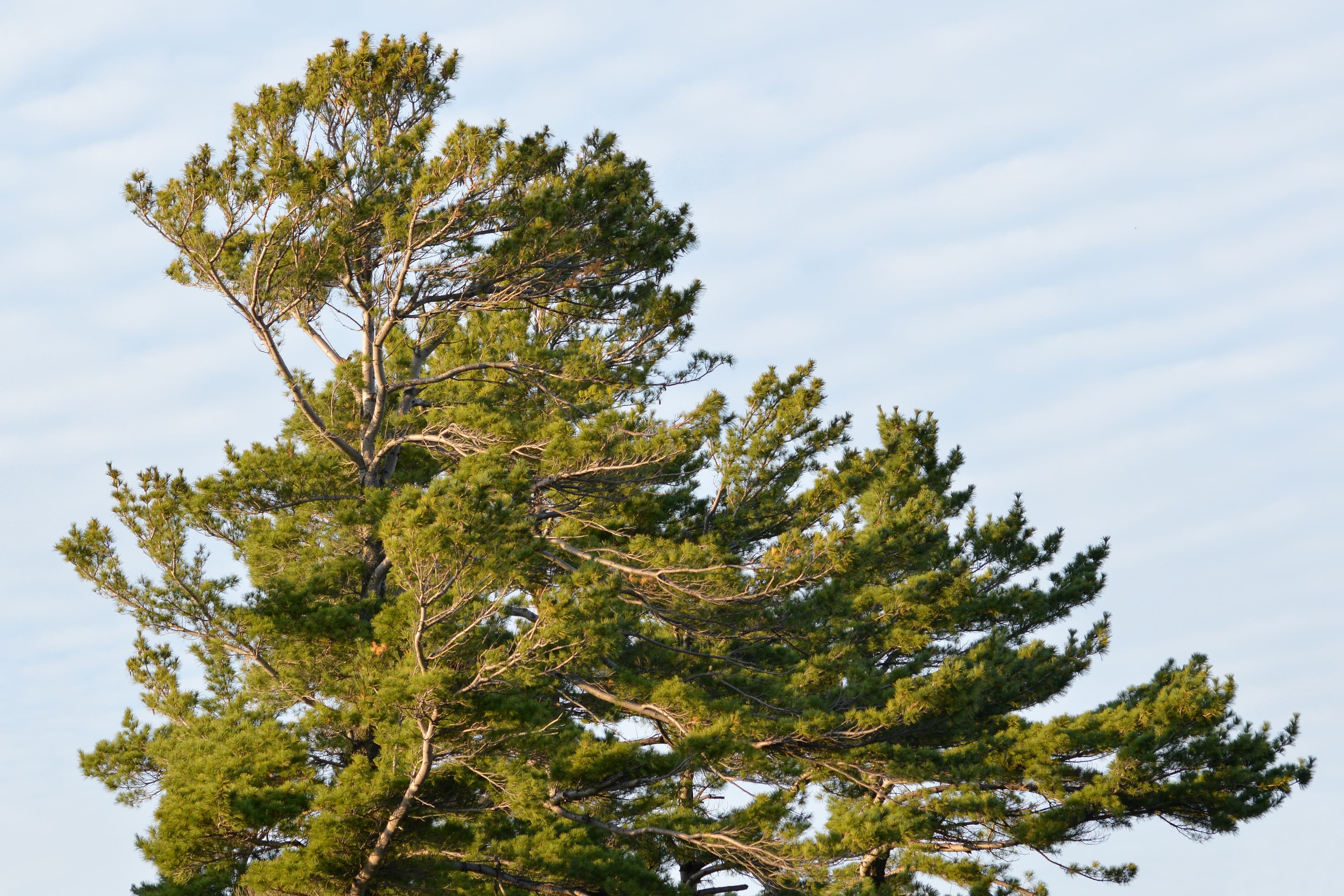
But a centralized brain is not needed for plant intelligence. Rapid movement is not necessary when the food comes to you. For an autotrophic, sessile being, bathed in the needed resources, networked in intimate relation- ships with myriad others above and below ground, a very different system of sensation and response might well evolve which looks nothing like the animal model.
If food becomes abundant, no animal can grow more legs to chase after it, or a new mouth to eat more. In times of shortage most cannot cast off a limb that it has no energy to sustain. The whole organism is static in form and flourishes or suffers within those constraints. Not so for plants, who can adaptively alter their circumstances by growing additional parts or losing unneeded ones. Decision-making at tree pace looks like passivity to us herky-jerky animals, accustomed to our own short lifespan. But pine behavior is a slow-motion pursuit of adaptive solutions. Plant intelligence or "adaptively flexible behavior" may be manifest in their extraordinary capacity to change form in real time by altering their allocation of carbon to different functions, in response to changing needs.
This slow dance of parts emerging and disappearing is the tree-paced equivalent of movement. Branches expand into light filled gaps and retreat from dense shade, adjusting their architecture to optimize light capture. Roots are deployed in new directions to follow changing gradients of water and minerals, not randomly but with purpose. They are hunting light and grazing for phosphorous, by differential deployment of apical meristems.
Plasticity is possible because trees have myriad growing points, or meri- stems, a reservoir of adaptation poised to respond to changed circumstances. Tissues that animals never dreamed of, meristems—like totipotent stem cells—can be modified into the new tissues that best suit the conditions. Trees like white pine also have a lateral meristem, the vascular cambium, which gives rise to the cells that increase the diameter of the stem. It is an entire body stocking of meristematic tissue, perpetually embryonic. This nexus of nutrients and hormones and sensory chemicals and creative cell making, is perhaps a fertile location to search for the decentralized seat of pine intelligence. It is the cambium, starting and stopping on an annual cycle that writes in the language of cellulose, of tree rings. Let us consider for the moment that the cambium is the author, that it is the pen that writes its own history.
There are so many stories here; I'm distracted from the human-telling on the page by the pine-telling on the land. Once you become attuned to the body language of pines, much is revealed. Far from being just a fixed expression of genetic inheritance, individual pines record their journey through life in the form of their body, sketching their autobiography. Gazing out at the pines around my reading nook I see what their childhoods must have been like, in the stature and density of the stand. I see the age and health of their children and grandchildren; I see the way their neighbourhoods changed with immigration, their annoyance with balsam, and their camaraderie with blueberries. These stories remind us, though, that we can't always judge a book by its cover; to know the real story, we need to open the book. My favourite place to read those chapters is in my lab, sitting at my microscope with a cookie.
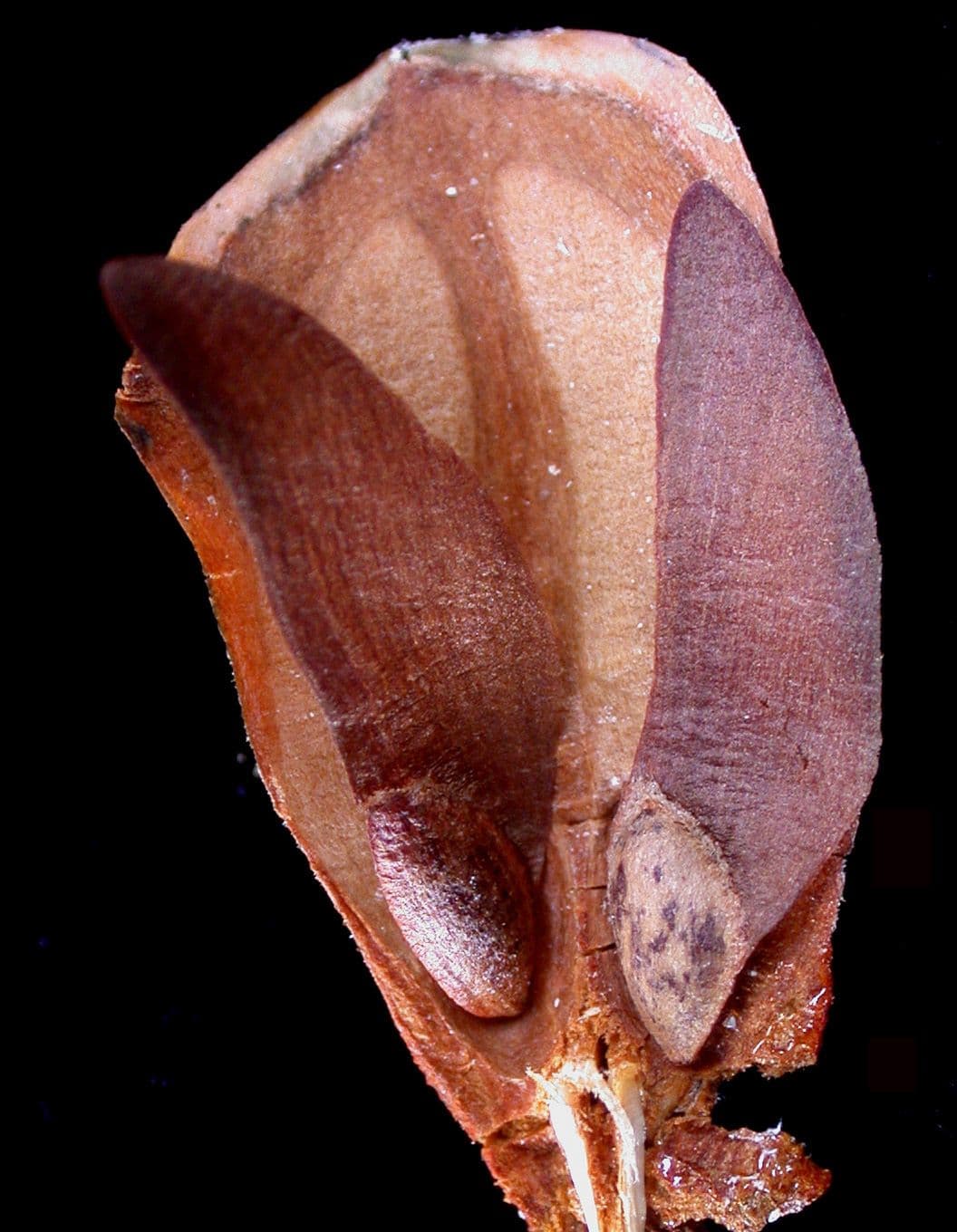
The circular disk sliced from the trunk, or what dendroecologists fondly call "tree cookies," has remnants of bark on the outside and still carries the scent of pine pitch.
To the untrained eye, the cookie is inscribed with what every school- child recognizes as annual rings in a tree stump. One ring is laid down for every year of growth, each one outside of the next so that the sapling years are in the centre and recent history just under the bark. You can count them up to know how old the tree was when its life was interrupted by someone with a saw.
To read that story I slide the cookie under my stereomicroscope, at low magnification. What seemed uniform is anything but. Some rings are clear and even like pine floorboards, others wavy and dark. Some as wide as a pencil eraser lie next to a series each year as narrow as a thread. Like the human autobiography, there are good times and bad, years when the rains did not come but the caterpillars did, and spans when all she had to do was stand in the sun and grow like the sky was calling.
I zoom in further and catch my breath at the beauty of the cells, lined up in continuous files linking young ones to their ancestors in an unbroken lineage. It is strangely moving, an intimate privilege to read a private diary after the death of the writer. This very cell is a word, a day in the life. Unlike the book I am reading, this story is not made of marks on a page which represent a life, the tree has written its story in the life of its own body.
Ring width is highly correlated with the favourability of the growth conditions, of course, and dendrochronologists have been able to reconstruct long term records of climatic variation that span centuries. Those tight dark rings correspond to a historic drought, the broad ones to years of wet summers. Just reading ring width is like skimming a chapter for the main idea but missing the rich detail. Life is not lived in years but in moments, I zoom my microscope on a single ring to share that moment.
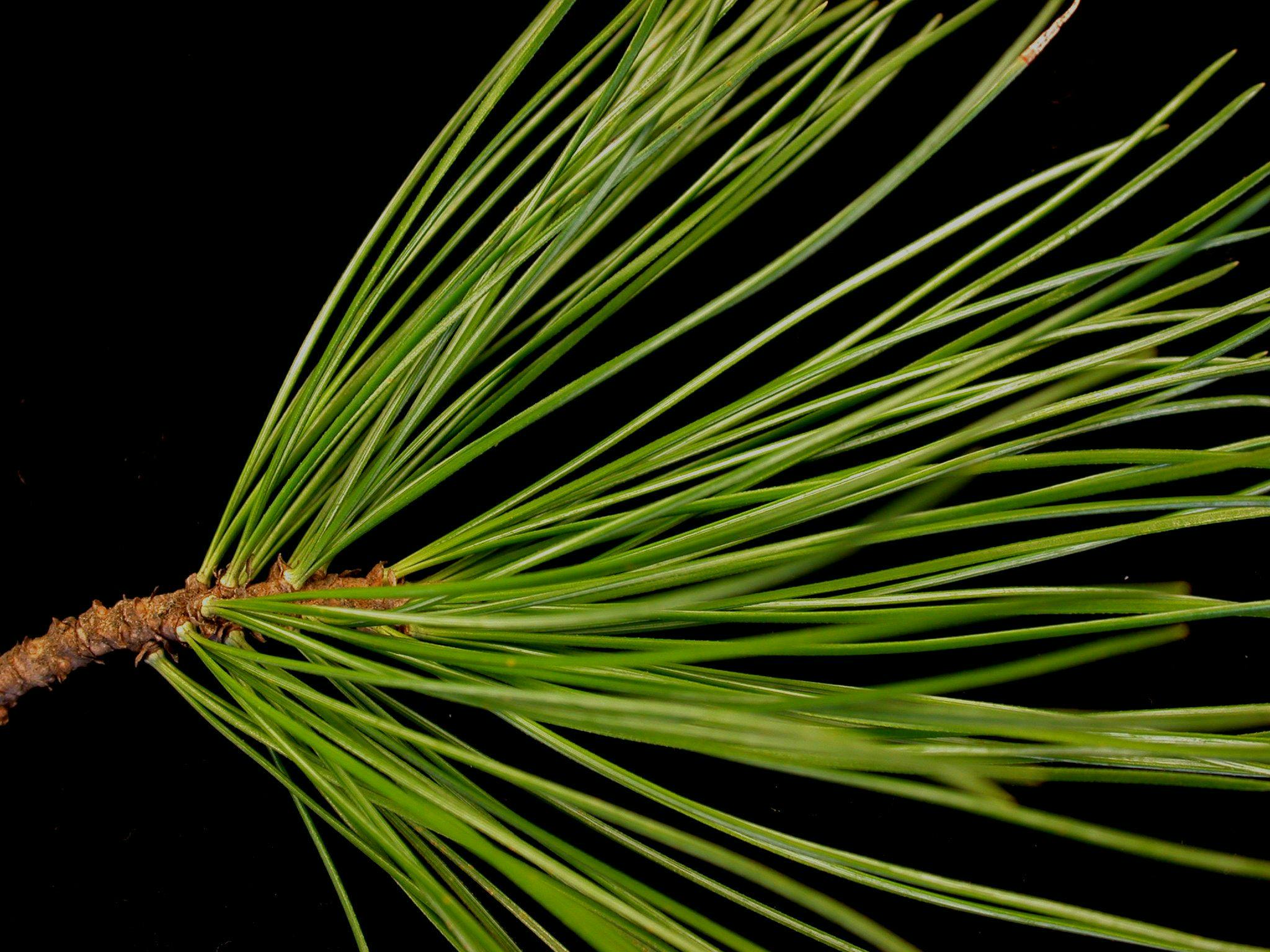
The story is written with a rich vocabulary from the pale honeycomb of springwood to the varnished amber of cells laid down in fall. In spring, the script is loopy and wide, effusive with energy of long bright days. In fall it narrows with concentration. The ratio of early wood to late wood tells the length of the growing season and the timing of rains. How the snow melted early, and it rained all the way to July when the midsummer drought arrived but yielded to October rains. Several of the rings are pocked with resin canals, like potholes in the smooth surface of the wood. The formation of traumatic resin ducts speaks of beetles and wounds. An individual ring might read like a sentence, but a sequence of rings becomes a page that tells how a windstorm tore a hole in the canopy and released a young pine from the suppression of shade. Sentence, paragraph, chapter over the lifespan of a tree, an entire book is written. Every single thing that affects the physiology of the tree is written in these rings. Dendrochronologists can read the stories of distant volcanos, air pollution, landslides, nuclear testing, and climate change.
Like the human biography in my backpack, I read in these rings of a life unfolding, the hungry times, years when illness or weevils put life on hold, days of raising a family of seedlings, of release from poverty when suddenly light streamed in, of injury and healing, and the effects of losing a parent. It is all written here in tracheids, parenchyma, and resin ducts. And the house fire, where the orderly rings are interrupted by a swath that glitters like coal, a fissure filled with the black lava of fire-boiled resin. The stories are similar, yet we call the human writer a brilliant author, while we call the pine writer timber.
The entry for each pine year is written in just four kinds of cells, thin-walled parenchyma, thick-walled tracheids, sugary ray cells, and resin ducts. They line up in orderly files from inside to outside. Punctuation isn't necessary in pine time, since everything flows into everything else and com- mas have little meaning for a being who can live for centuries. The only punctuation comes with winter when the pen is laid down.
Dashes and dots seem to mean nothing until you know Morse code. The open apertures of cells look like strings of zeroes and ones, themselves empty of meaning, that encode every digital document ever written. If just four chemical bases of DNA can write the script for life's being, why not arboreal literature in cellulose? Denying the possibility of writing to trees is simply a failure of imagination.
If you had a sheet of paper made of cellulose cell walls, with abstract little black marks laid down in lines across its surface, if those black marks made a coherent pattern that could be decoded to yield information, if that information changed in response to changing conditions, if it conveyed meaning about natural phenomena such as climate and disease, if that information correlated with the known history of the world...wouldn't you call it writing? But we don't—in trees we only we call it growth as if the cells, each distinctive as handwriting, were only made for one function; as if the human throat were made only for respiration and not for singing.
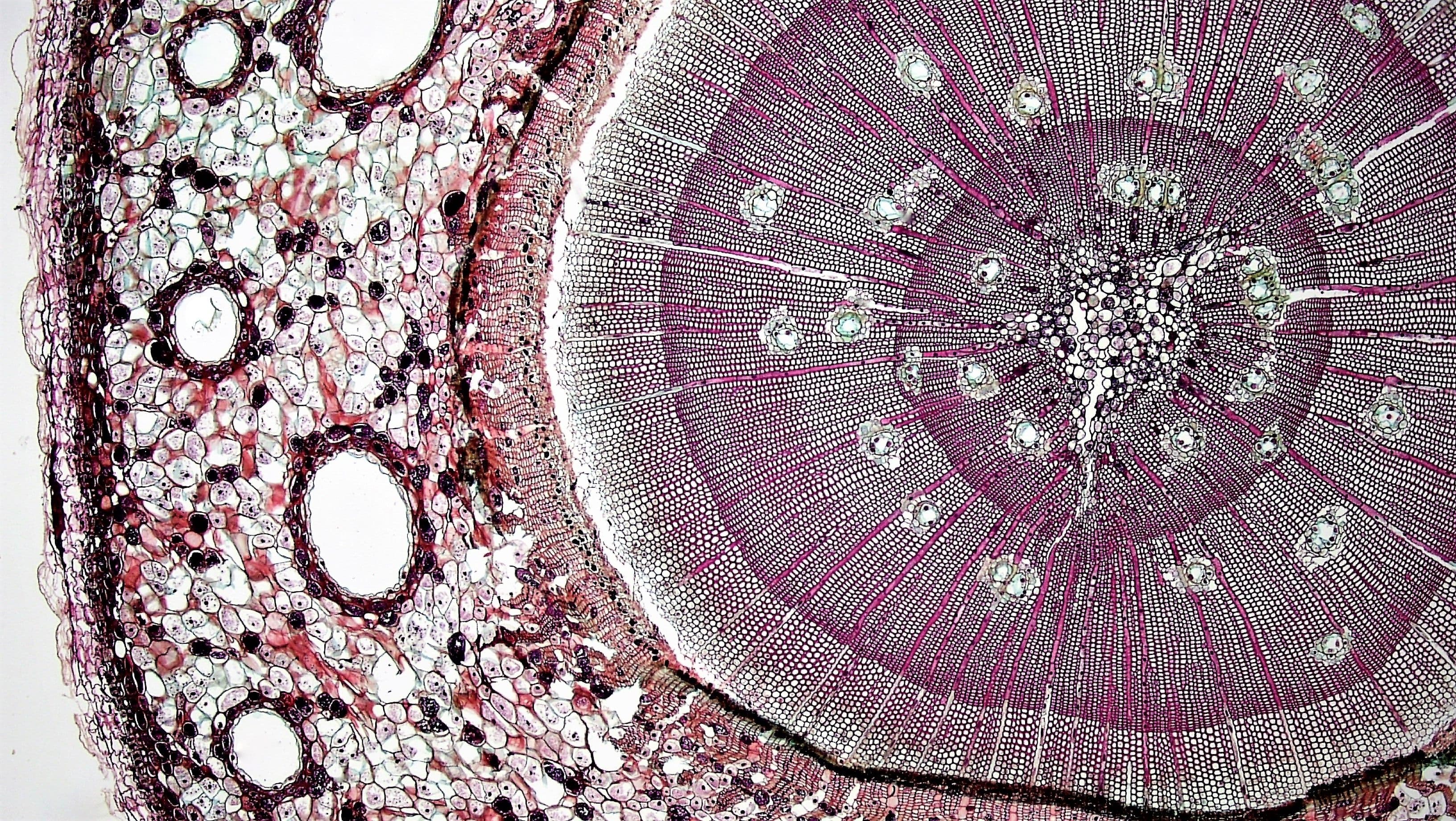
All of these cells have internal functions for the tree, they conduct water, provide rigidity, they transport resin, and store starch. They connect every cell to the next from deep in the soil to the atmosphere; they are conduits for resources at the same time that they serve as support. Why not information storage as well?
The notion of rediscovering tree language reminds me of the reports of Native observers paddling the Salish Sea who told their stories of orca families, how they lived in complex clans, spoke their own distinct languages, and called one another by name. Western science, still mired in self-absorbed human exceptionalism, dismissed such claims as supernatural nonsense. Secure in the arrogance of expertise masquerading as scientific certainty, they pronounced that only humans were capable of language. They called their own story "fact" and Native facts "stories"—until marine biologists dropped hydrophones below the waves to eavesdrop on orcas, decoded what they recorded, and, like Columbus, discovered a New World. A new world in which humans are not alone in animal intelligence. Just like the Salish fisher folk had told them, in the sophisticated indigenous science they dismissed as "stories."
Had we not questioned our assumptions of human exceptionalism, had we gone on believing that humans alone were capable of problem solving, think of the insights we would have missed, the music of whales, the emotions of dolphins, the wit of squid and the droll storytelling of parrots. I hope that we are today on the cusp of an expanded vision, unconstrained by plant blindness. Might we attend to indigenous knowledge and to tree knowledge to find ourselves in a world full of thinking, feeling, green beings—and fall from our lonely perch at the top of the hierarchy in a landslide of wonder?
What are we missing because of a failure of imagination, caught in the narrow western materialist thinking? What if we proceeded from the notion of the intelligence of all beings? What might we learn if we took off the lenses of human exceptionalism and saw beyond ourselves into a world of beings possessed of their own gifts and responsibilities? What happens if we examine the dendrochronological record with the humility to explore the literature of trees?
My mind explodes to dream of what pines might write out of their stillness and arboreal perceptions, from a consciousness that transcends underground and sky, intimate with birds and snails and ancient lichens, the mysteries of water, the stories of lightning, the gossip of mycorrhizae, and the poetry of light. You know they tell jokes—haven't you heard the chuckle of nuthatches? Do they remember the weight of passenger pigeons, the breath of glaciers, the taste of strontium in the rain? Could they tell us what it is to stand in the sun and fulfil your destiny without chasing it? How to create lasting relationships when you can't run away? Could they guide us through the narrows of climate catastrophe toward a new way to live? No—not unless we're willing to imagine the mind of the pine who writes its own story, and ours.
